On 19th January 2016 I was privileged to join a small group tracking a family of Gorillas, called Mubare, in Bwindi Impenetrable Forest. The forest certainly lived up to its name, the total trek was over 8 hours and it took us half that time to find them. Our guides used machetes to create a path through the jungle, following the signs of the gorillas feeding, moving and their dung.
It was a profound experience when we finally caught up with the family – like peering into ancient history, a legend from my childhood coming true. The gorillas were at one with their surroundings, as nature intended: munching leaves, grooming, climbing trees, babies playing, mothers caring and the giant silverback protecting. Each individual had a unique appearance and personality.
I was keen to make this trip now, because I was under the impression that Mountain Gorillas may become extinct in the near future after read ‘Gorillas in the Mist’ by Dian Fossey. There are only about 800 hundred left, split between two forests: Bwindi in Uganda, Volcanoes in Rwanda, and possibly some over the border in Congo. In one of the most densely populated parts of Africa, much of their habitat has become farmland, and Bwindi forest is essentially an island.
However, during our stay, I met the local guides and guards who are passionate about protecting and studying them. In Uganda they have only lost one gorilla to poaching in the last 10-15 years and income from tracking permits is shared with the local community. Tourism also creates jobs for locals as guides, porters and in lodges. It is believed that the Bwindi population may have increased from about 400 to 500 in the last 10 years, and you will see from my photos that there are lots of healthy babies.
It was a coincidence that our small tracking group was joined by the Gorilla Vet (Dr Gladys), who has appeared on several television programmes, and set up the charity ‘Conservation Through Public Health’ that takes a holistic approach to protecting the Gorillas from disease by improving the health of the local community. This approach is an exemplar of sustainable conservation, creates goodwill, and gives me real hope for the future. On my reading list, is a book called ‘Wild Hope’ by Andrew Balmford who investigates similar conservation success stories.
If you like the photos and want to help protect the gorillas, you could do a lot worse than to travel to Uganda to see them for yourself. I can assure you, you will be made to feel welcome.
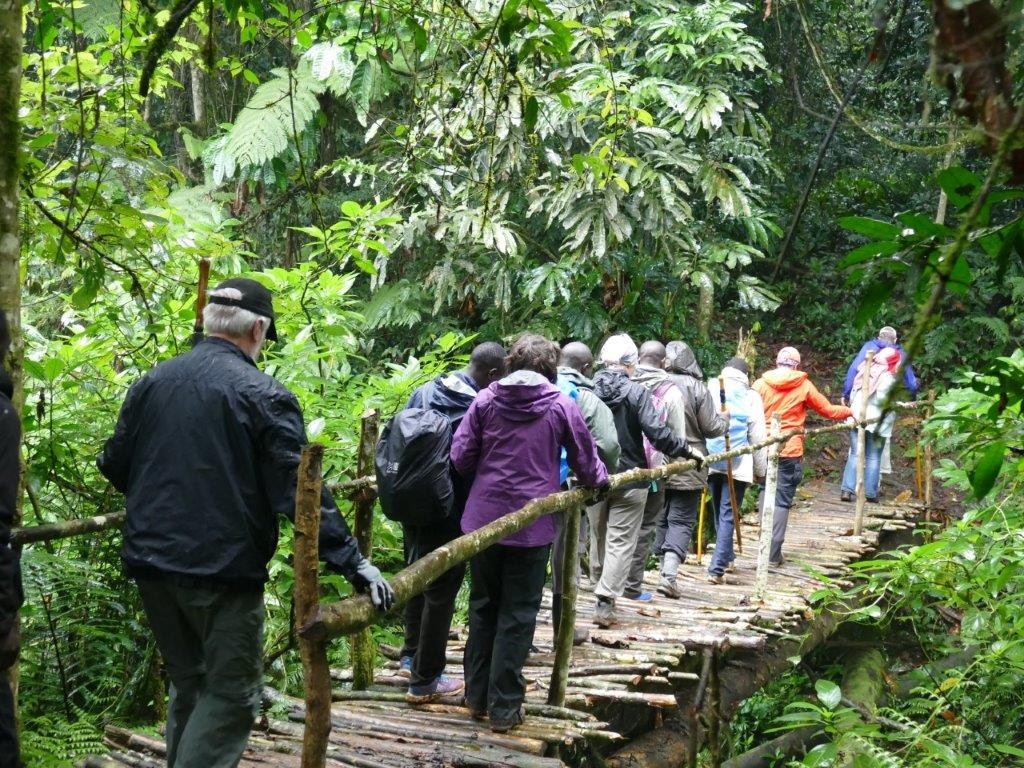
Our group of 8 visitors and a number of guides and guards setting off.
Our group of 8 visitors and a number of guides and guards.
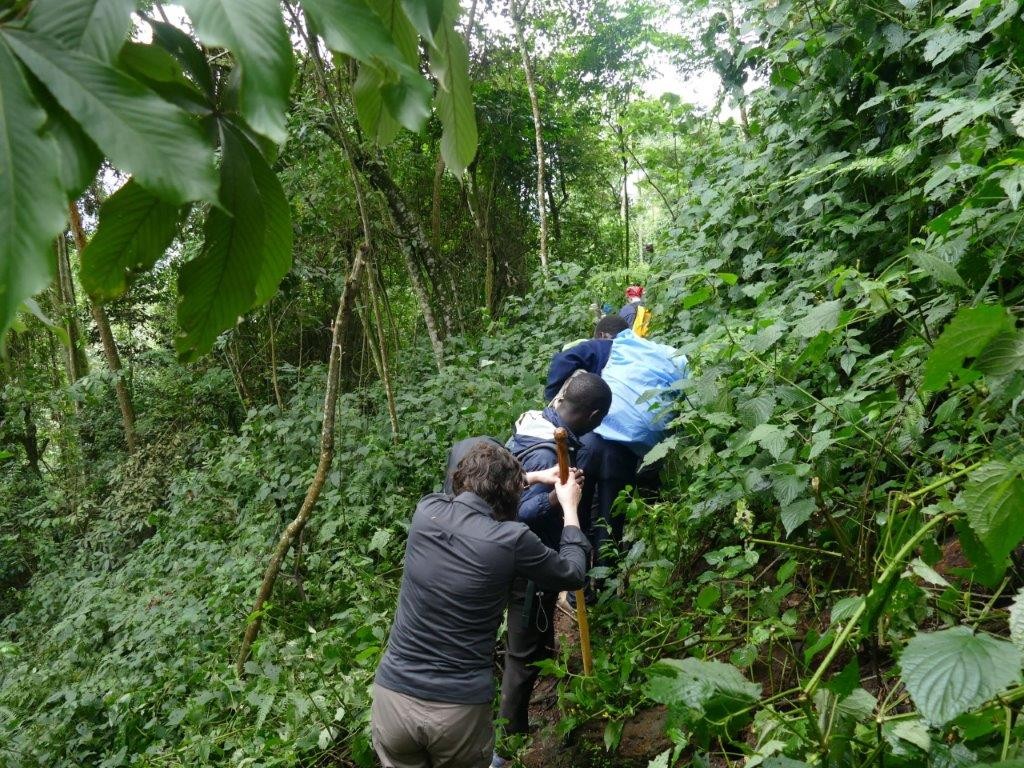
The going gets tough on the 8 hour trek through the impenetrable forest due to mud, army ants, and spiky vegetation.
The going gets tough on the 8 hour trek through the impenetrable forest due to mud, army ants, and spiky vegetation.
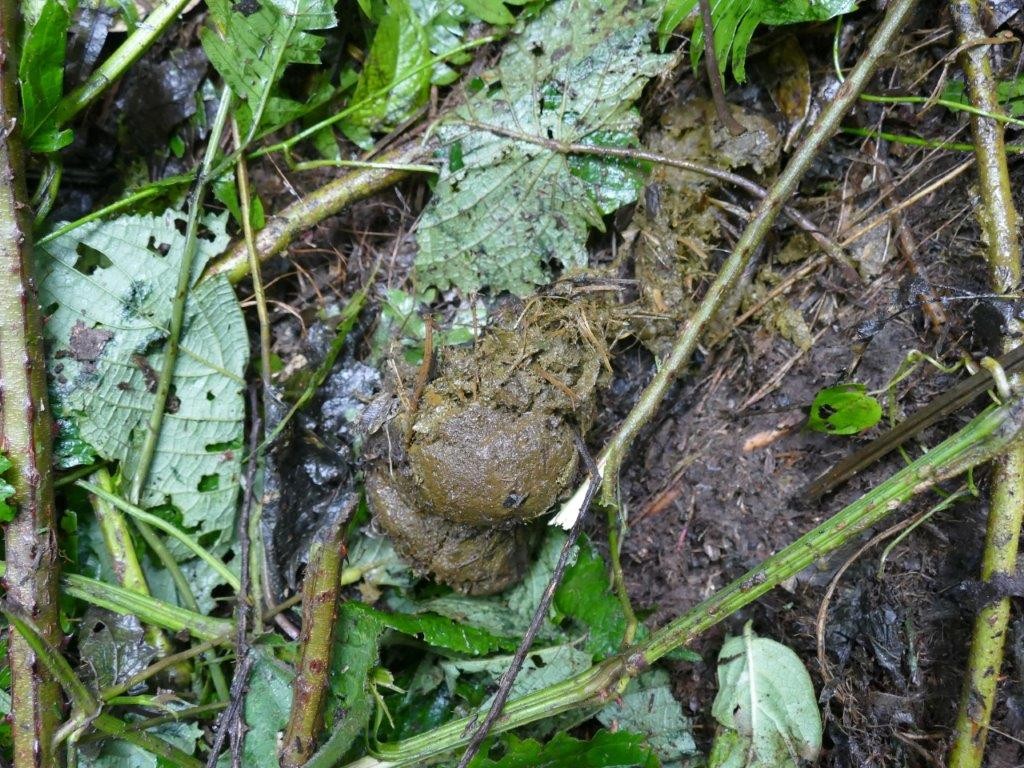
At last we spotted gorilla dung; getting closer.
At last we spotted gorilla dung; getting closer.
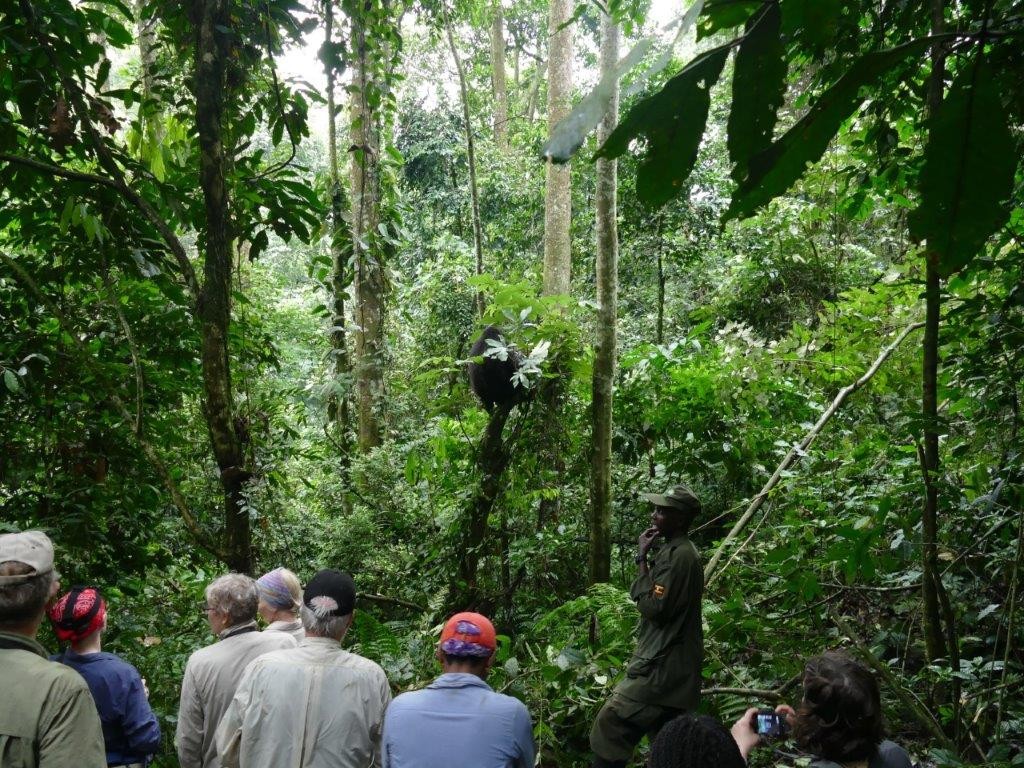
Finally, we see our first gorilla, muching leaves in the tree. Our guide (David) gives us some final advice, like what to do if a gorilla approaches you (as it did later!)
Finally, we see our first gorilla, munching leaves in the tree. Our guide (David) gives us some final advice, like what to do if a gorilla approaches you (as it did later).
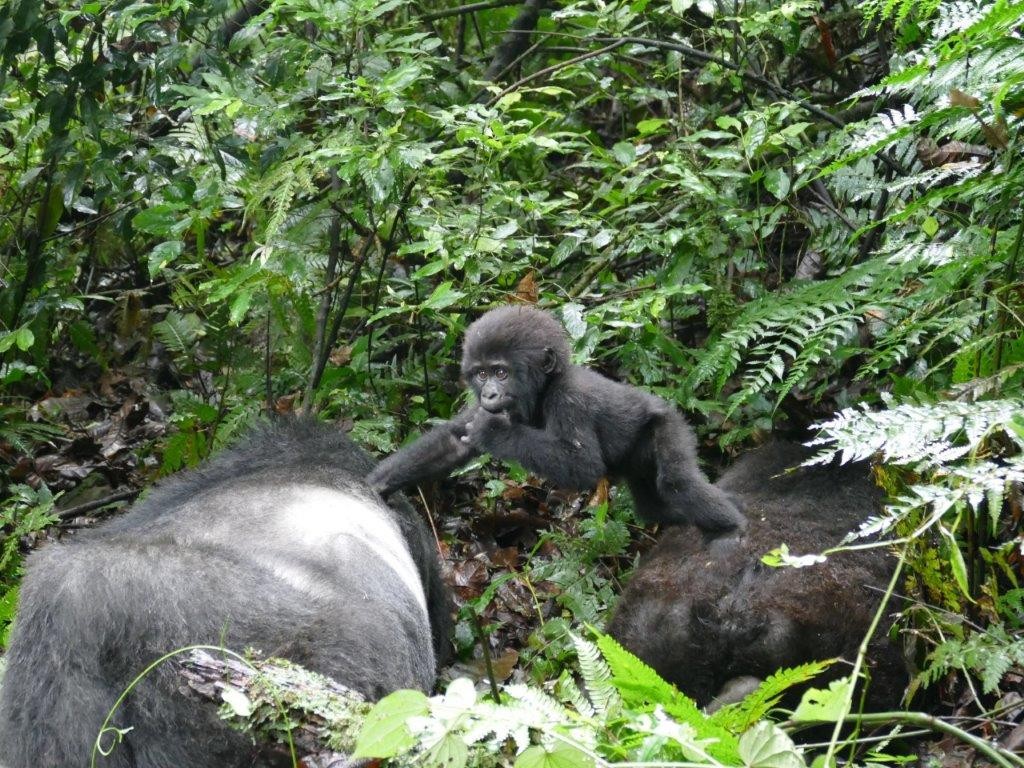
Gorilla bridge, “can I make Daddy play with me by pulling his sliver fur?”.
Gorilla bridge, “can I make Daddy play with me by pulling his sliver fur?
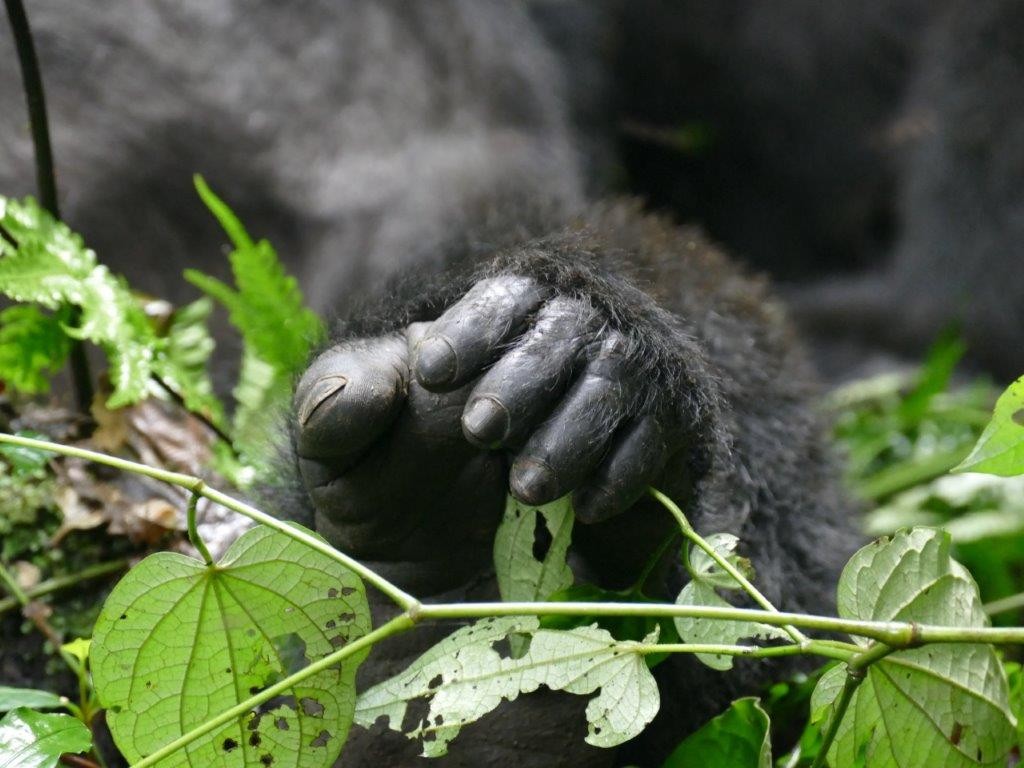
Gorilla feet.
Gorilla feet.
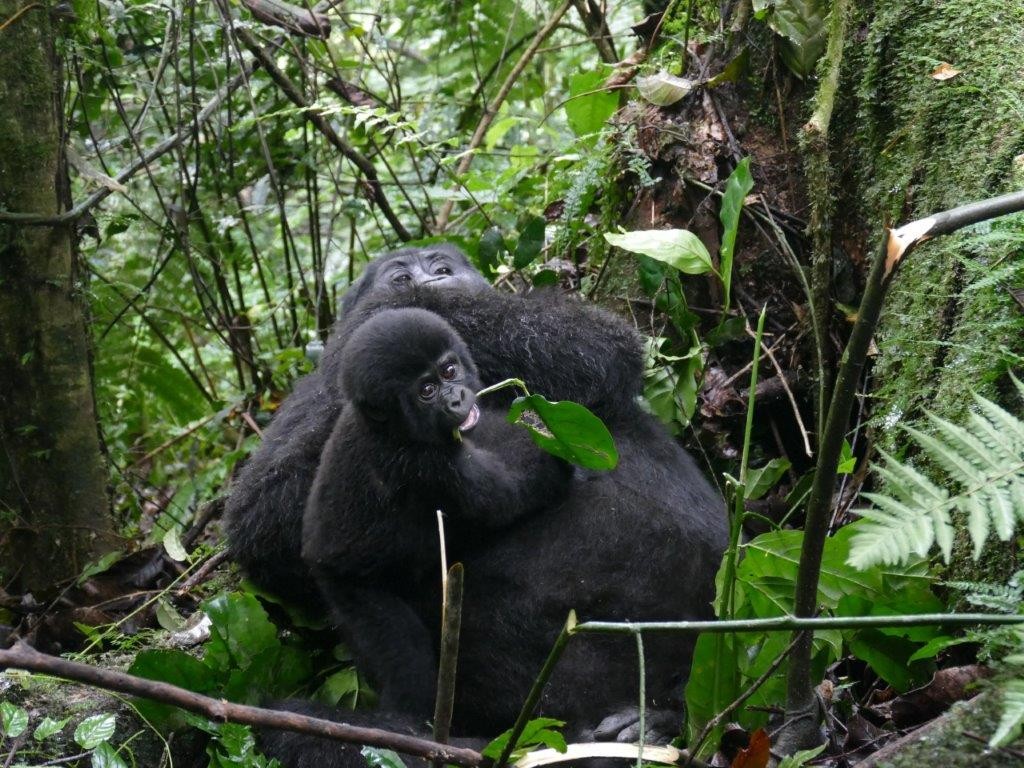
Eating, and playing, with a leaf
Eating, and playing, with a leaf.
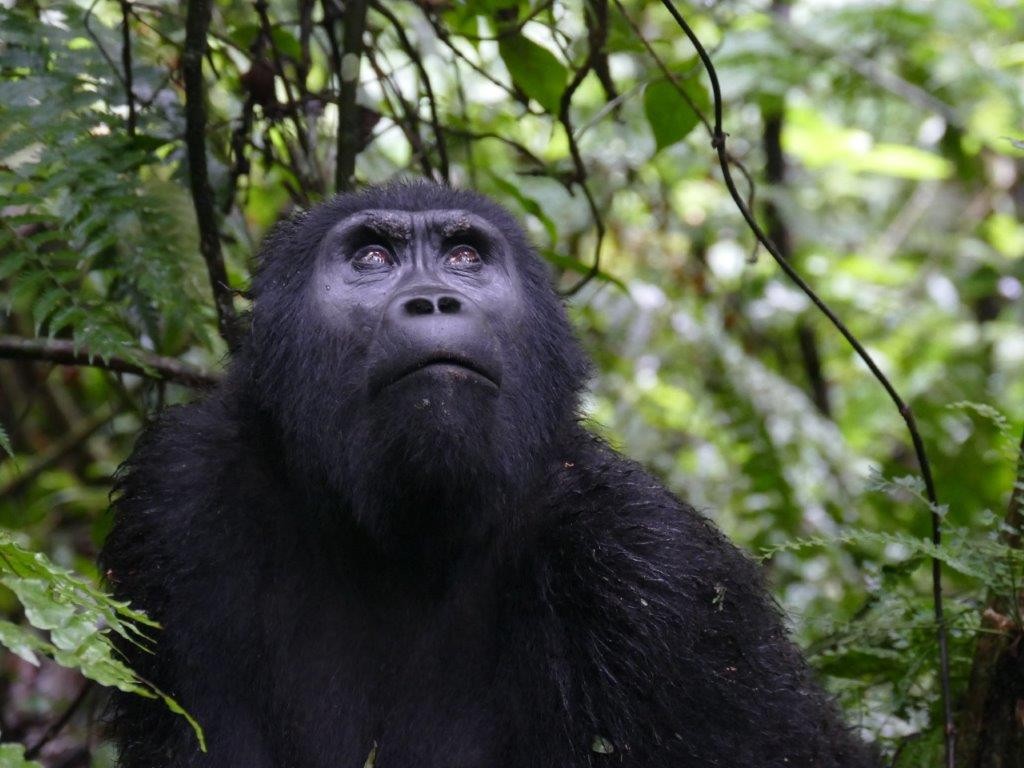
What will the future bring for my family?
What will the future bring for my family?
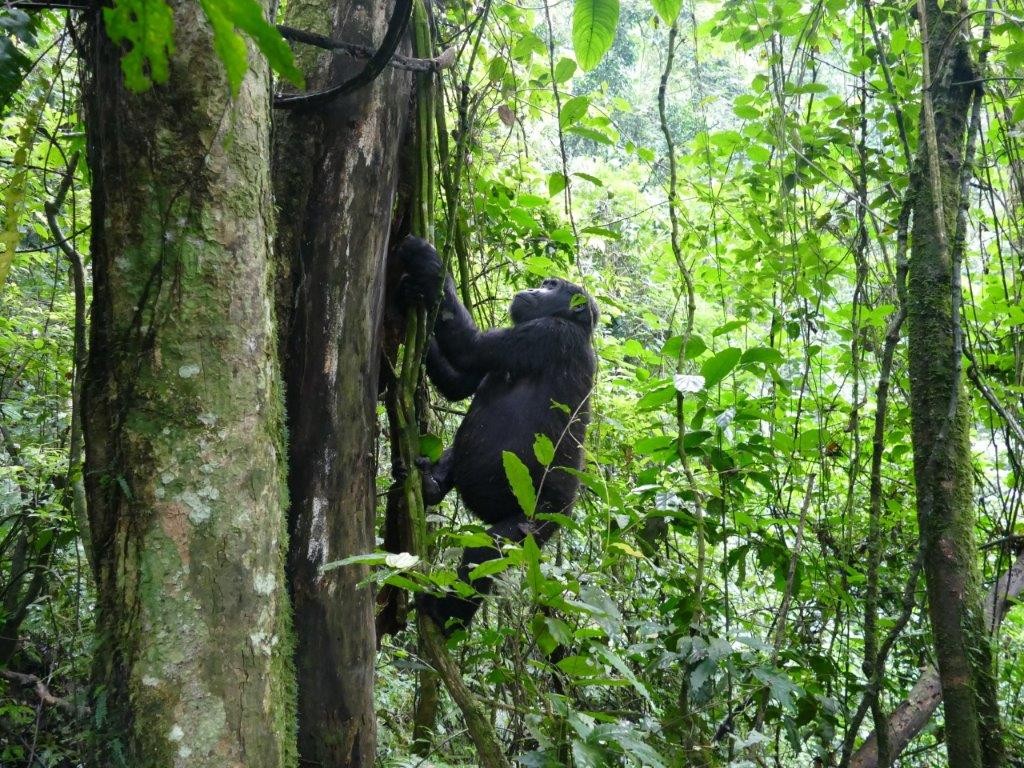
Despite their size, the gorillas made climbing look easy and graceful.
Despite their size, the gorillas made climbing look easy and graceful
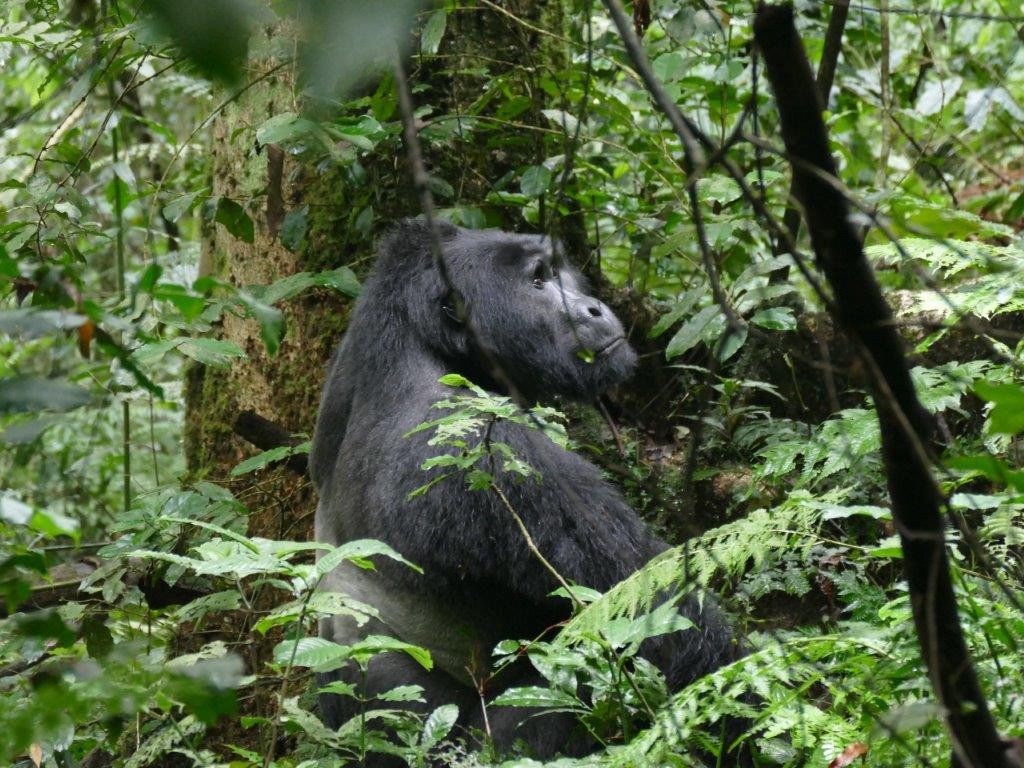
The Silverback, called Kanyonyi, moving off. Kanyonyi was named after his place of birth, meaning bird. He was born in 1994
The Silverback, called Kanyonyi, moving off. Kanyonyi was named after his place of birth, meaning bird. He was born in 1994.
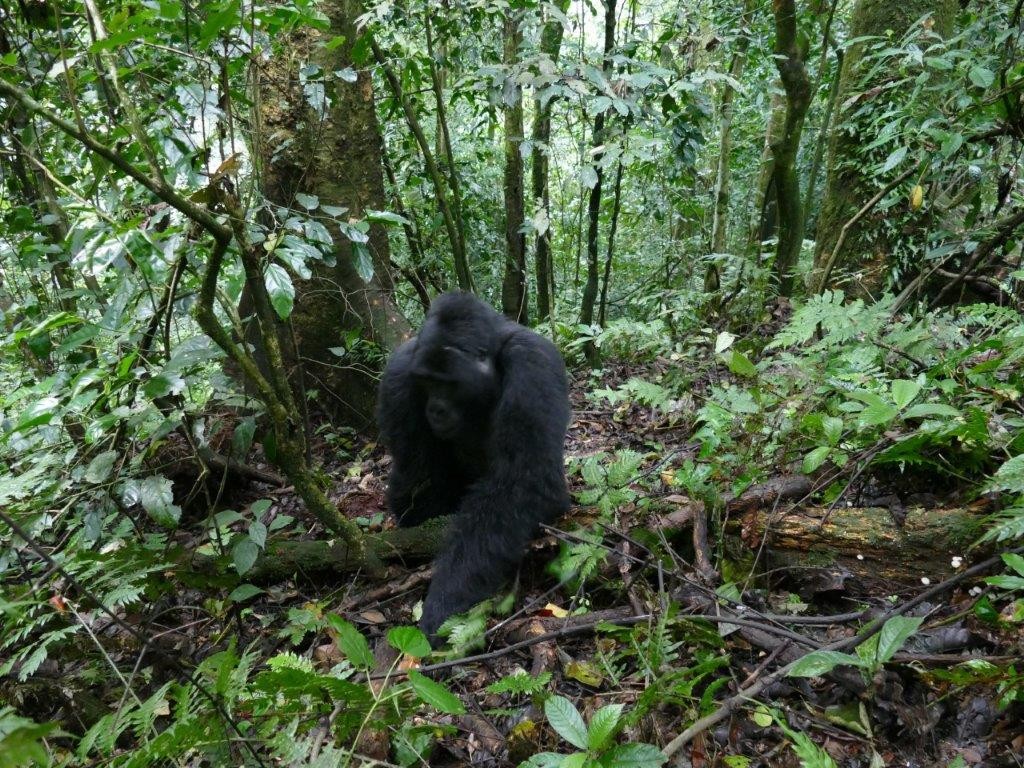
At the end, the silverback decides to call it a day, calls the females, and walks up the hill brushing past me. I can still smell his musky odour.
At the end, the silverback decides to call it a day, calls the females, and walks up the hill brushing past me. I can still smell his musky odour.
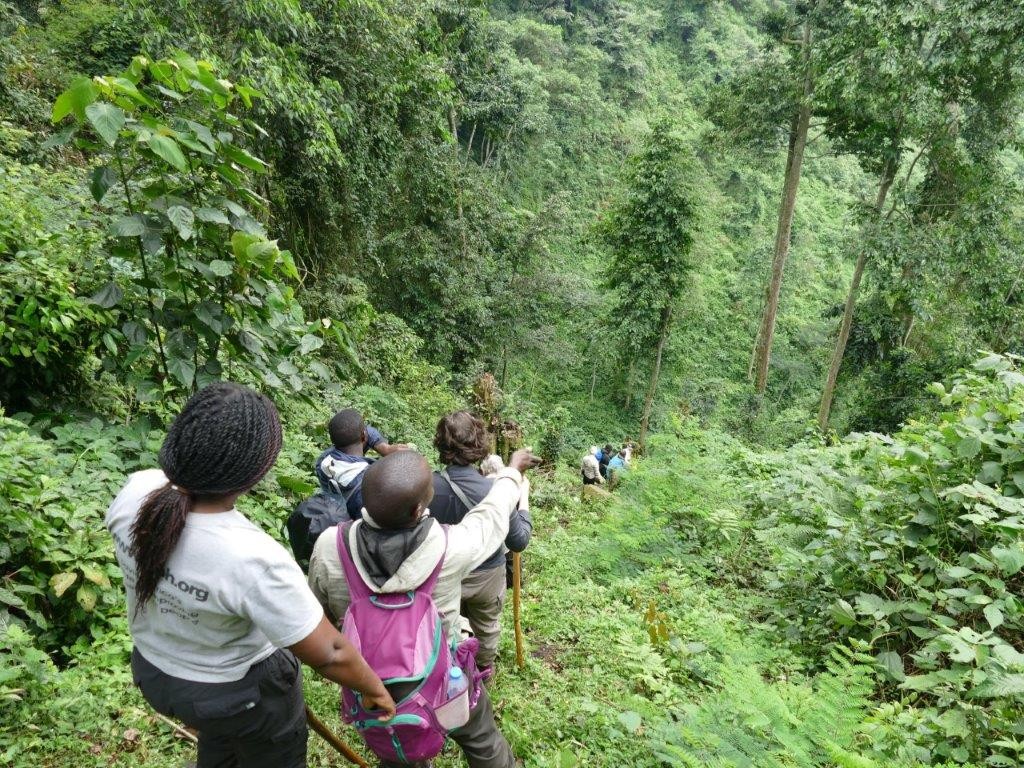
The long, steep, climb down.
The long, steep, climb down.
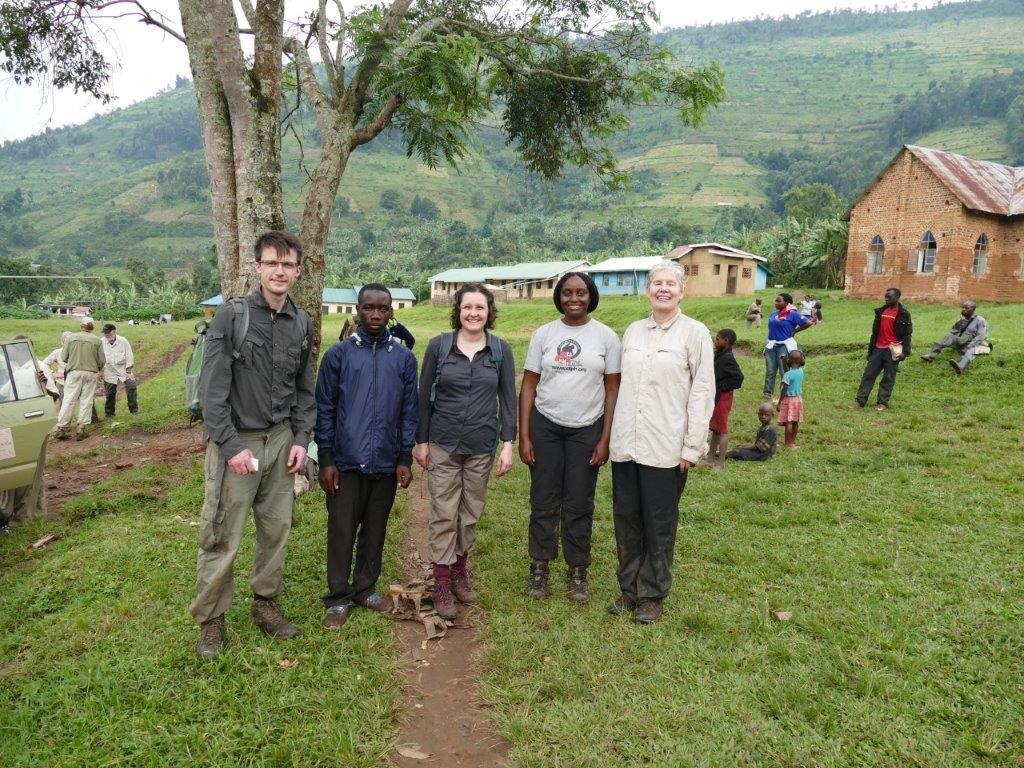
Some of our group, and Dr Gladys Kalema-Zikusoka the Gorilla Vet, happy to be back at base.
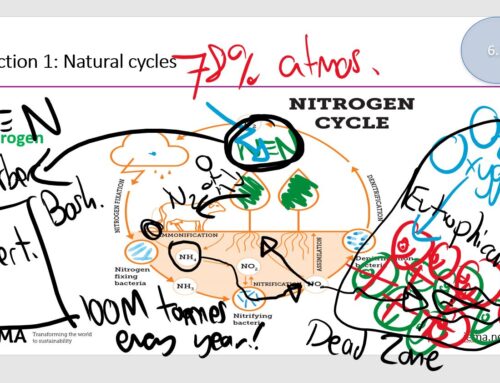
You must be logged in to post a comment.